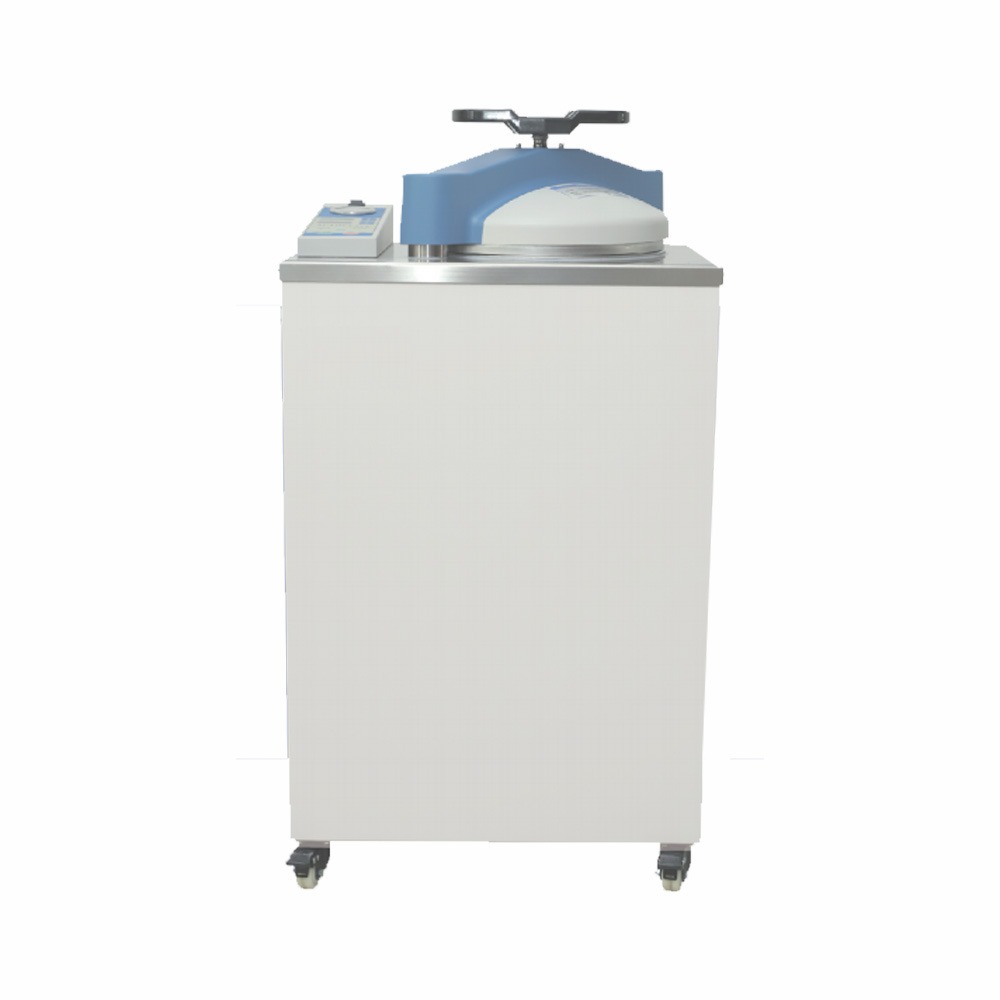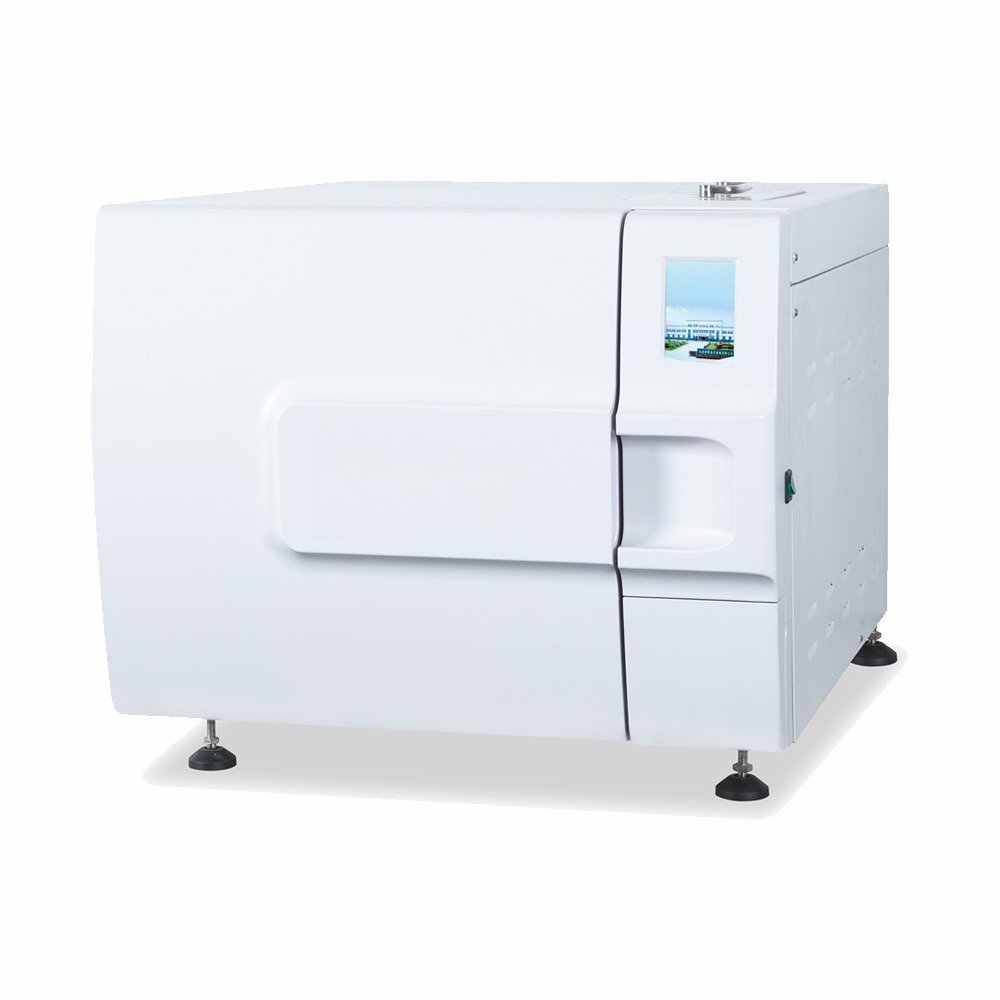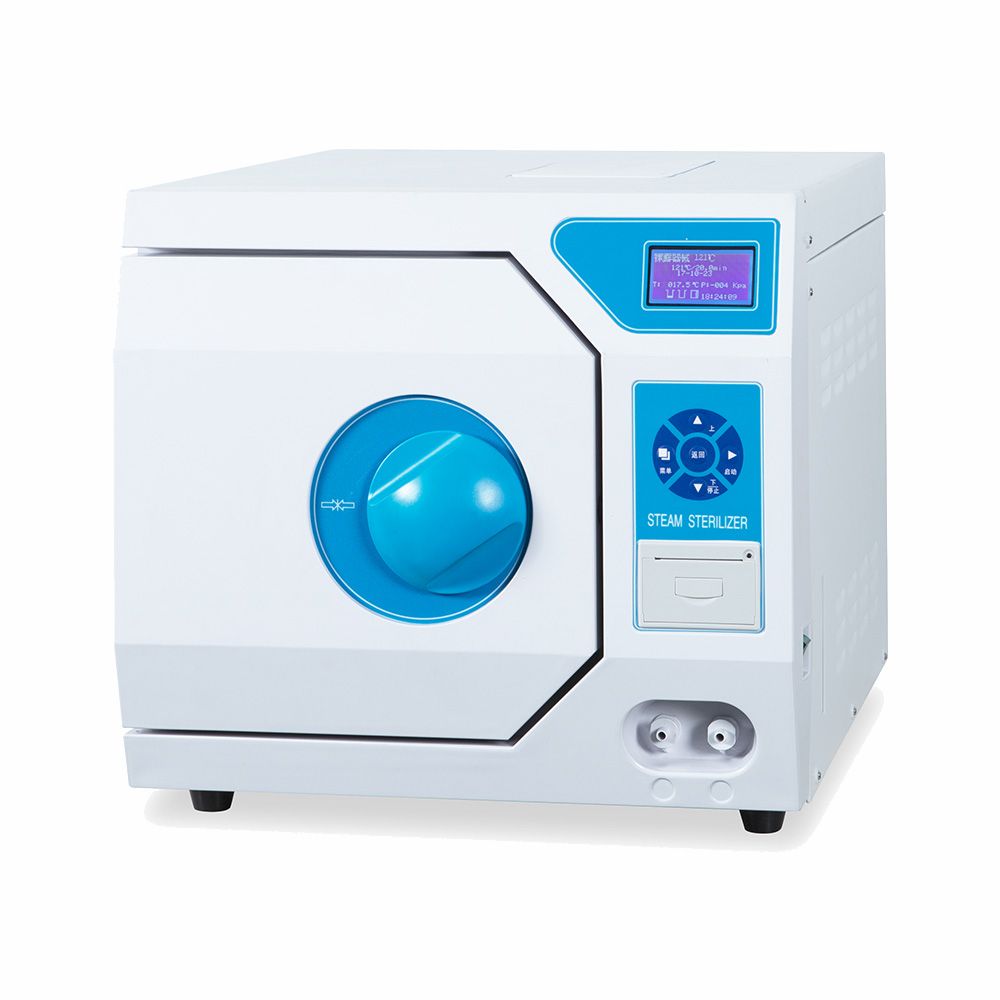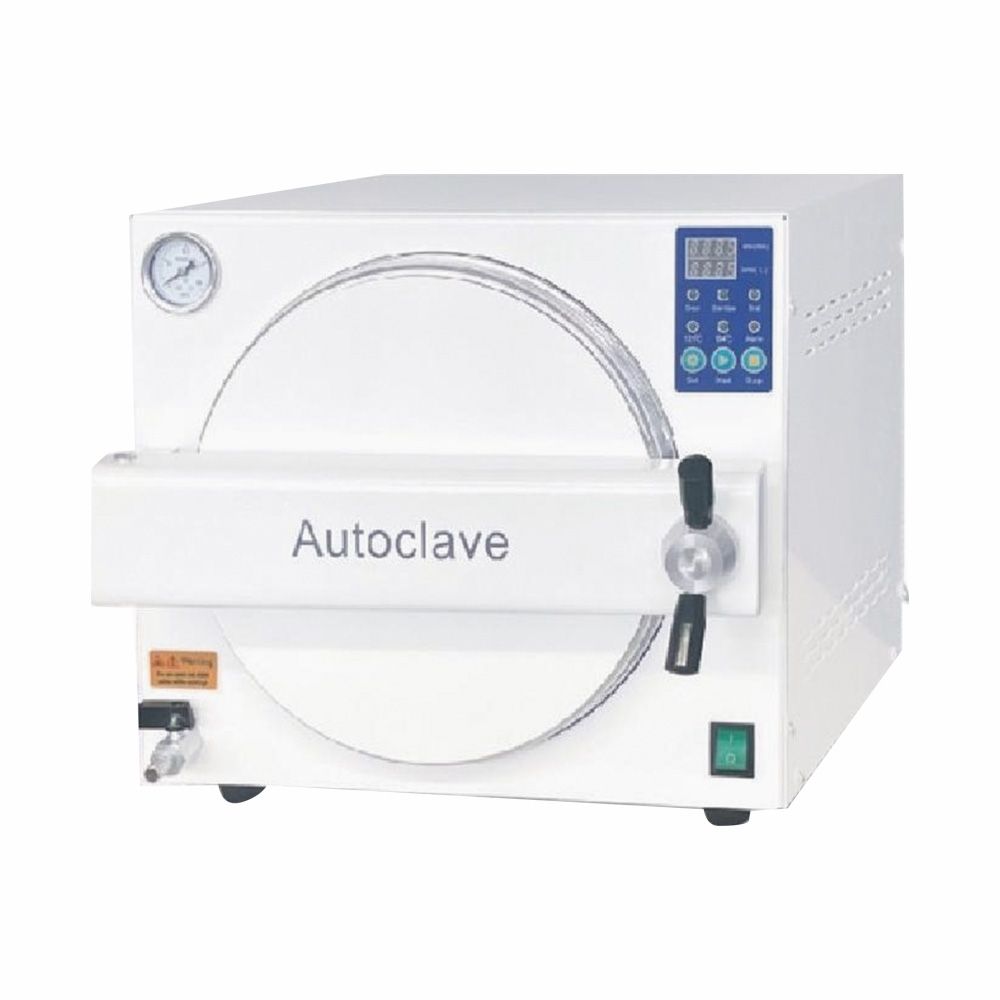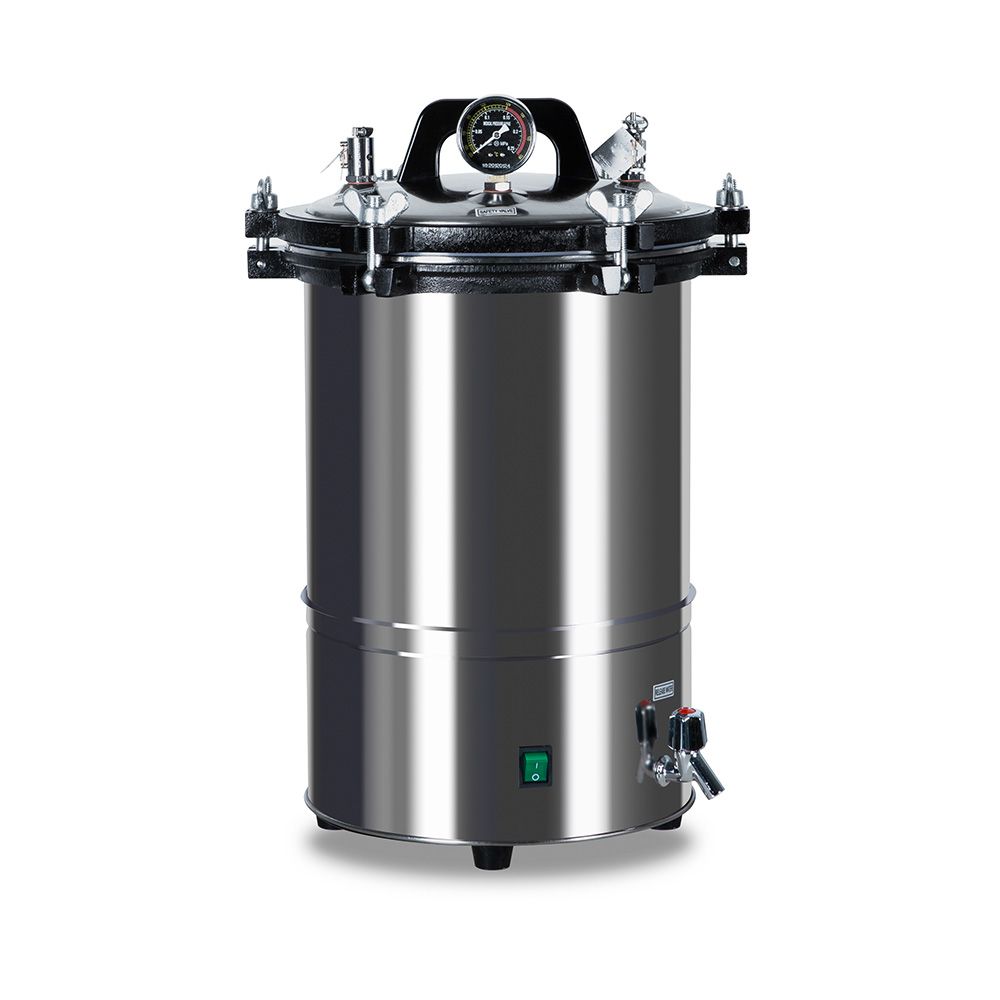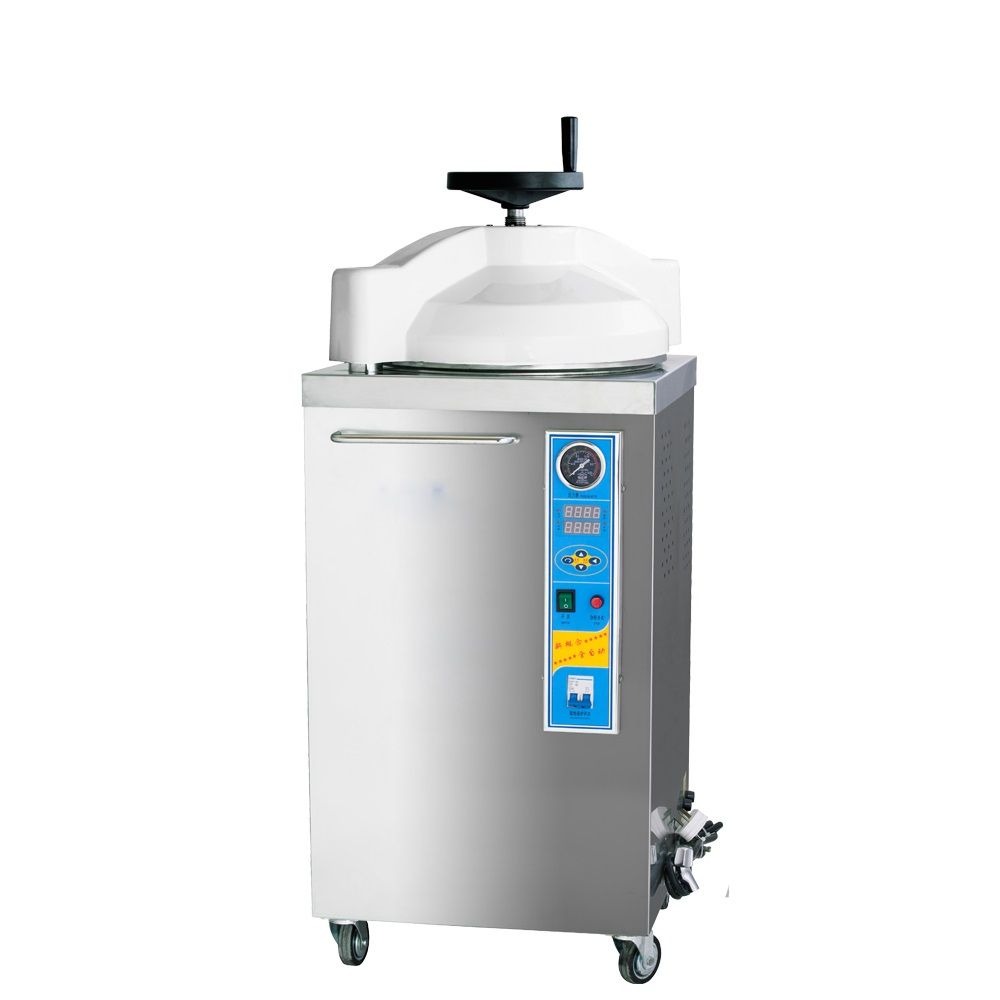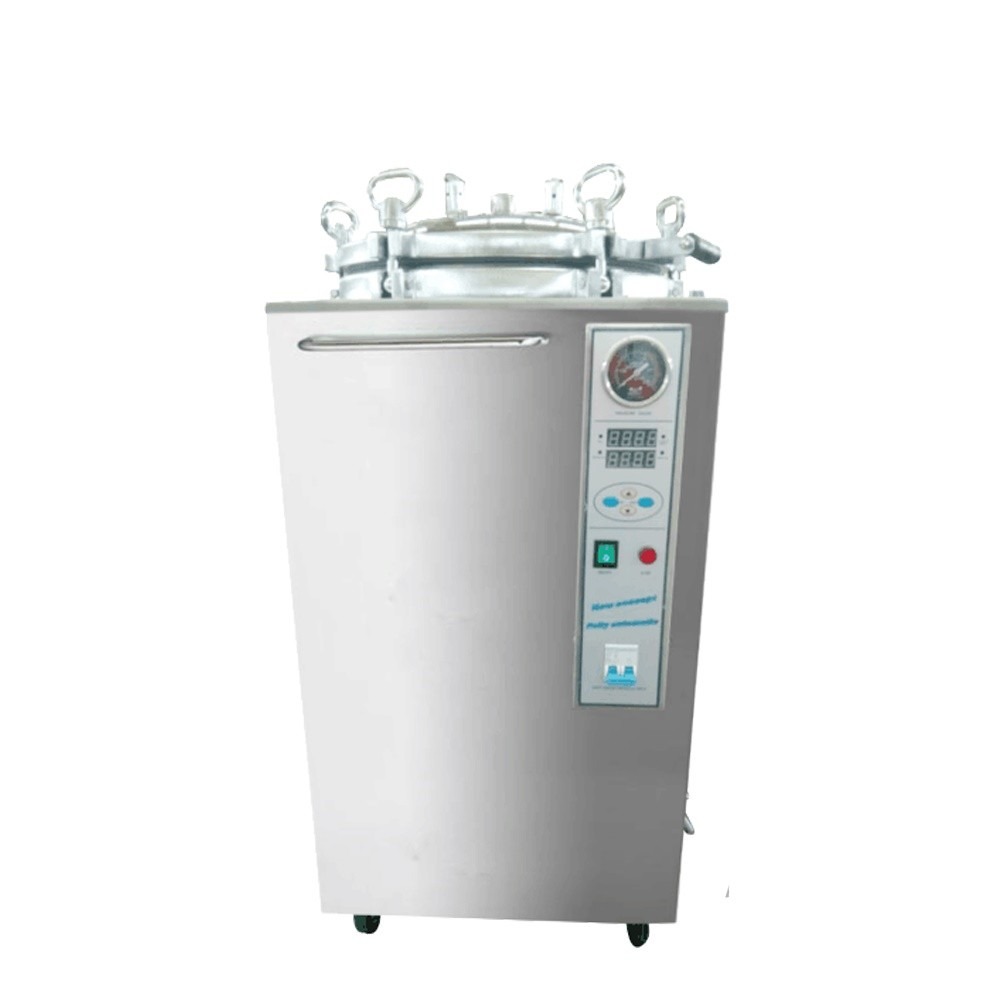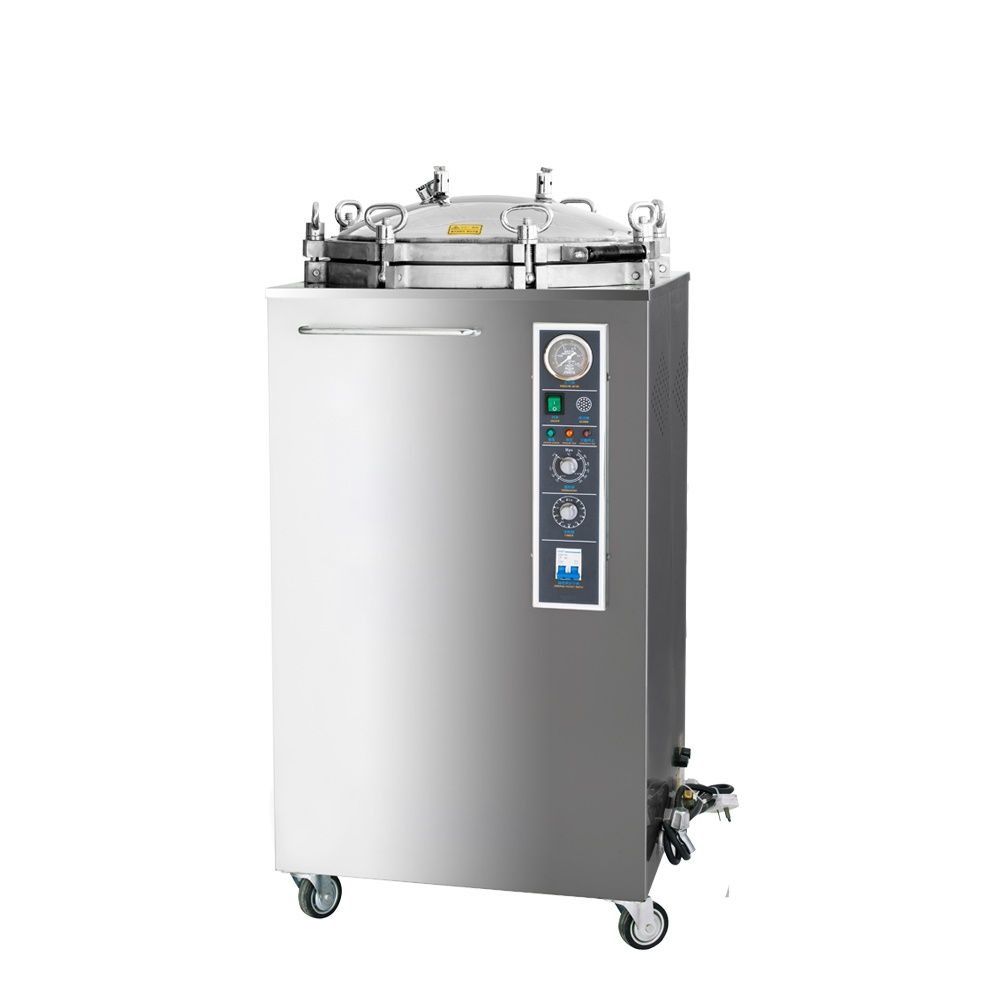An autoclave is a device used to sterilize equipment and materials by subjecting them to high-pressure saturated steam for a period of time. Autoclaves are commonly used in laboratory settings, hospitals, and other environments where sterile equipment and materials are required.
What Are the types of Autoclave?
There are several types of autoclaves available, each with its own unique features and advantages. Here are some of the most common types of autoclaves:
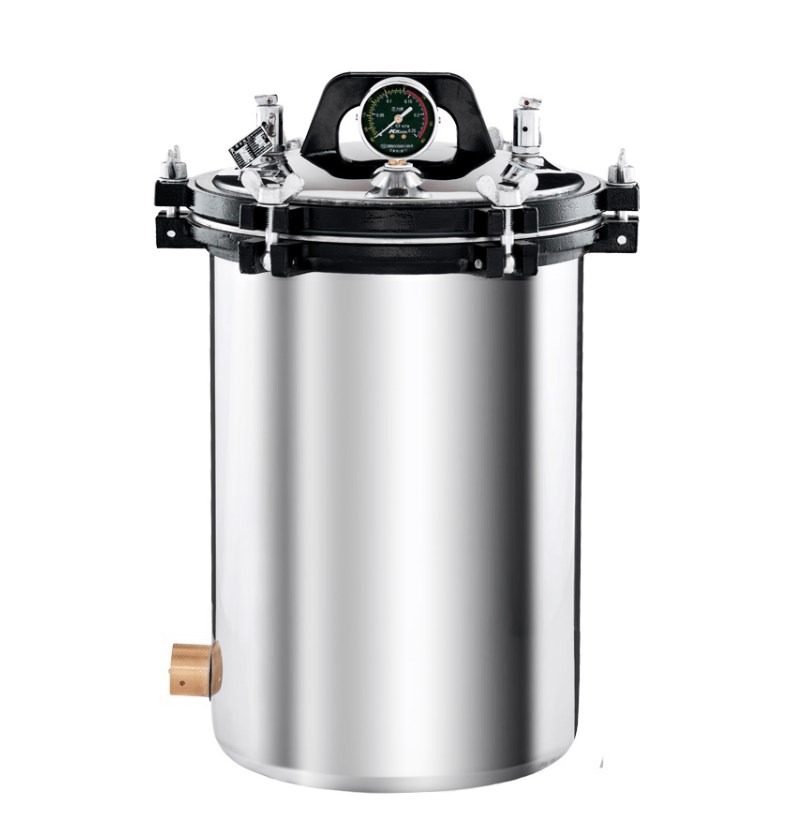
Portable Autoclave
A portable autoclave is a smaller, more compact version of a standard autoclave that is designed to be easily transported and used in various locations. Portable autoclaves are commonly used in settings such as field hospitals, clinics, dental practices, and laboratories, where there may be limited space or where mobility is necessary.
There are different sizes of portable autoclaves, from small tabletop models to larger, wheeled units that can be easily moved between locations. They typically use steam sterilization, and may operate using a gravity cycle or a pre-vacuum cycle, depending on the specific model.
One of the advantages of a portable autoclave is that it can be easily moved from one location to another, allowing it to be used in different settings as needed. They are also often less expensive than larger, permanent autoclaves, making them a more cost-effective solution for small clinics or laboratories.
Gravity Autoclave
A gravity autoclave is the simplest and most common type of autoclave. It relies on gravity to circulate steam throughout the chamber, and operates at a temperature of around 121°C (250°F) and a pressure of 15 psi (100 kPa). It is commonly used for sterilizing solid instruments and glassware.
Pre-vacuum Autoclave
A pre-vacuum autoclave uses a vacuum pump to remove air from the chamber before introducing steam. This creates a more efficient sterilization process, as the steam can penetrate more deeply into porous materials such as fabrics and rubber. It operates at a temperature of around 132°C (270°F) and a pressure of 27-30 psi (186-206 kPa).
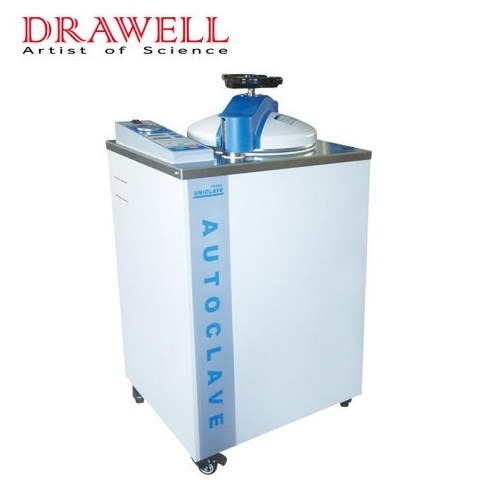
Steam-flush Pressure-pulse Autoclave
This type of autoclave uses a combination of steam, pressure, and pulses of vacuum to sterilize items. It is often used for large loads and for items that are difficult to sterilize using other methods.
High-pressure Autoclave
High-pressure autoclaves are typically used in industrial and manufacturing settings, where high-pressure and high-temperature conditions are required. They can operate at pressures up to 1,000 psi (6,895 kPa) and temperatures up to 300°C (572°F).
Tabletop Autoclave
A tabletop autoclave is a smaller, portable version of a standard autoclave. It is typically used in dental, veterinary, and small medical clinics for sterilizing smaller loads of instruments and equipment.
Large Capacity Autoclave
Large capacity autoclaves are used in industrial and manufacturing settings to sterilize large volumes of materials or equipment. They may be horizontal or vertical, and can accommodate large items such as containers or machinery.
These are just a few examples of the types of autoclaves that are available. The specific type of autoclave that is best for a particular application will depend on factors such as the load size and type, the required sterilization conditions, and the available space and resources.
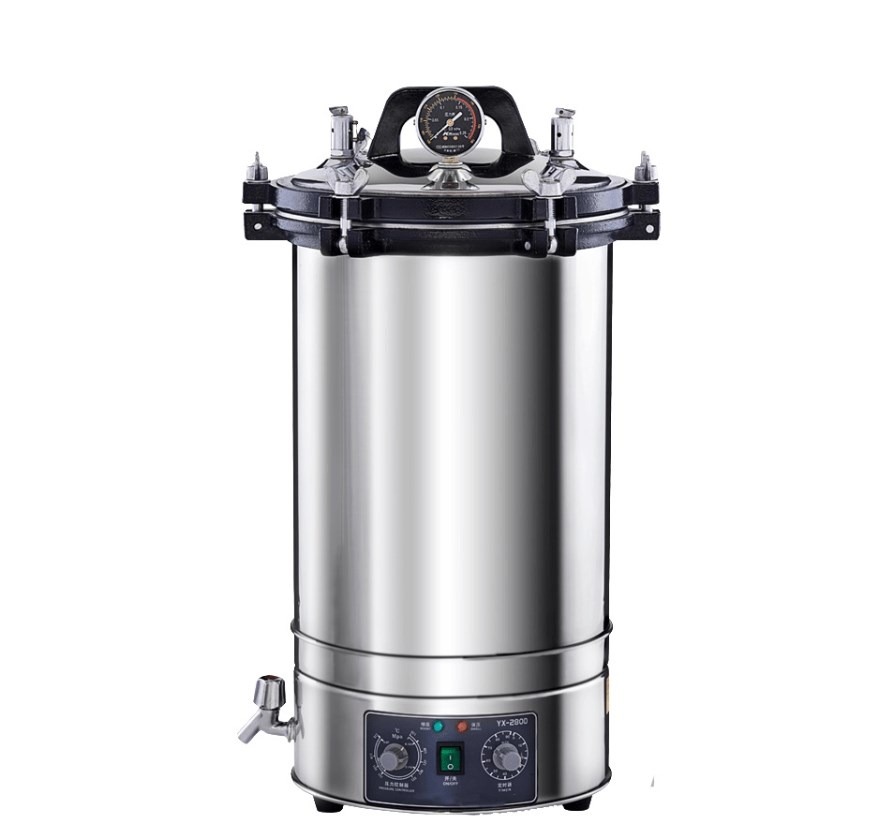
How to Choose the Right Type of Autoclave?
Choosing the appropriate type of autoclave depends on the type of materials and the volume of materials that you need to sterilize. Here are some considerations to help you choose the appropriate type of autoclave:
Capacity
Consider the volume of materials that you need to sterilize on a regular basis. If you need to sterilize large items or a large volume of items at one time, you may need a larger autoclave such as a horizontal or vertical model. However, if you have limited space, a tabletop model may be more suitable.
Space
Consider the available space in your laboratory or facility. Tabletop autoclaves are smaller and take up less space, while vertical and horizontal models require more floor space. Make sure you have adequate space for the autoclave you choose.
Material Type
Consider the type of materials you will be sterilizing. Some materials, such as liquids or materials in sealed containers, may require a specific type of autoclave. Make sure the autoclave you choose is suitable for the types of materials you need to sterilize.
Operating Costs
Consider the operating costs of the autoclave, including energy consumption, water usage, and maintenance costs. Different types of autoclaves have different operating costs, so it is important to choose a model that is cost-effective over the long term.
Features
Consider the features that are important for your needs. Some autoclaves have programmable cycles, digital displays, or automatic shut-off features. Choose an autoclave that has the features you need for efficient and effective sterilization.
By considering these factors, you can choose the right type of autoclave that meets your specific needs and requirements.

